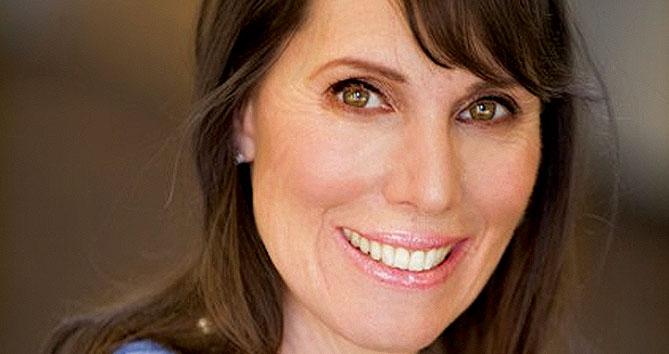NYC public nurses shine

The contract of New York City’s public nurses—now settled and ratified—is the consequence of many people working together towards a critical, shared goal. Their rallying cry, “Healthcare Justice for the Other New York,” was heard around the city. It touched a nerve.
For too long New Yorkers have lived with a healthcare system that dispenses care “by zip code”—plenty of resources for the few, scant for the rest. The public hospital system fights this gross inequality by giving care to anyone in need—no matter what—and stretching resources to meet the overwhelming demand.
More than 8,500 nurses comprise the NYC H+H system, the largest bargaining unit at NYSNA. The contract campaign attracted city and state politicians, clergy, immigration advocates, housing activists and other unions—all drawn together by a shared understanding of “the other New York.”
Public nurses in the lead
The campaign was a display of working people defending a crucial resource: the public hospitals. It had deep roots as a result of organizing by NYSNA and others over the last seven years—to keep open Interfaith Medical Center, to leave in place mental health facilities in places like New York-Presbyterian, to name just two. But the campaign was built on a foundation of principles built by NYSNA’s public nurses.
The public campaign kicked off in early February across from Harlem Hospital at the Schomburg Center for Research in Black Culture.
NYSNA was at Schomburg previously, in the fall of 2017, presenting its white paper “On Restructuring the NYC Health+Hospitals Corporation: Preserving and Expanding Access to Care for All New Yorkers.” This dense document of 38 pages provides a detailed analysis of the place NYC public hospitals inhabit in the NYC system at large. The paper had been presented at an earlier date to an audience of politicians, academicians and the press at The New School. There was plenty of buzz.
Nurse to patient ratios
On this day, in Harlem, the rally and press conference became a shot across the bow of the NYC H+H system. After all, what the nurses and supporters had done—underpinned by a fact-based report, and with testimonies at town councils, county boards and the New York City Council—was to rebut the assertion that the public system was inefficient and debt-ridden: “NYC H+H hospitals and health centers are the local healthcare providers to thousands of residents of nearby low-income, demographically diverse communities, primarily communities of color. [NYC H+H] losses can be attributed to meeting the unreimbursed and under-reimbursed health needs of these communities,” the report stated.
Would safety net hospitals—real safety nets—receive the funding they deserve? Would the city and state recognize the role played by the public system in caring for 50 percent of uninsured inpatient discharges, 80 percent of all uninsured hospital clinic visits and half of all Medicaid patients? We know that the federal government would not help.
Put another way: “The major private hospital systems need to take more responsibility for the needs of all New Yorkers,” the report asserted. Forty percent of the population of NYC is covered by Medicaid and 700,000 uninsured live here. Will the privates, which are not real safety nets, care for unprofitable patients?
Against this backdrop—crowded ERs and long waits to see specialists—NYC H+H nurses put forward their principal demand: a contract for greatly enhanced staffing and better working conditions. Here the nurses were victorious: “[T]he agreement includes, for the first time, contractual nurse-to-patient staffing ratios.” What a great victory!
The triumph of safe staffing has many antecedents. Scores, even hundreds, of rallies were carried out by NYSNA members at public and private hospitals: Safe Staffing Saves Lives!
Real winners
Petitions had been delivered to hospital management across the state. Lobby Days brought greater attention to the issue than ever before in the state. The public nurses’ message was resonating.
With the word out, and the bond between nurses and the community growing stronger, the nurses knew the time had come: contractual safe staffing ratios had been achieved. The nurses of New York City's public hospital system had won a decisive victory.
The real winners in all of this are the patients. The staffing ratios will allow RNs the time to deliver quality care to patients in the NYC H+H system.
The contract campaign was built with knowledge and commitment-- and the people on its side.